Hairless Dog Breeds That Make the Best Pets
These pups may not have any fur, but they sure know how to rock it.
These pups may not have any fur, but they sure know how to rock it.
by Jackie Brown, | June 1, 2025
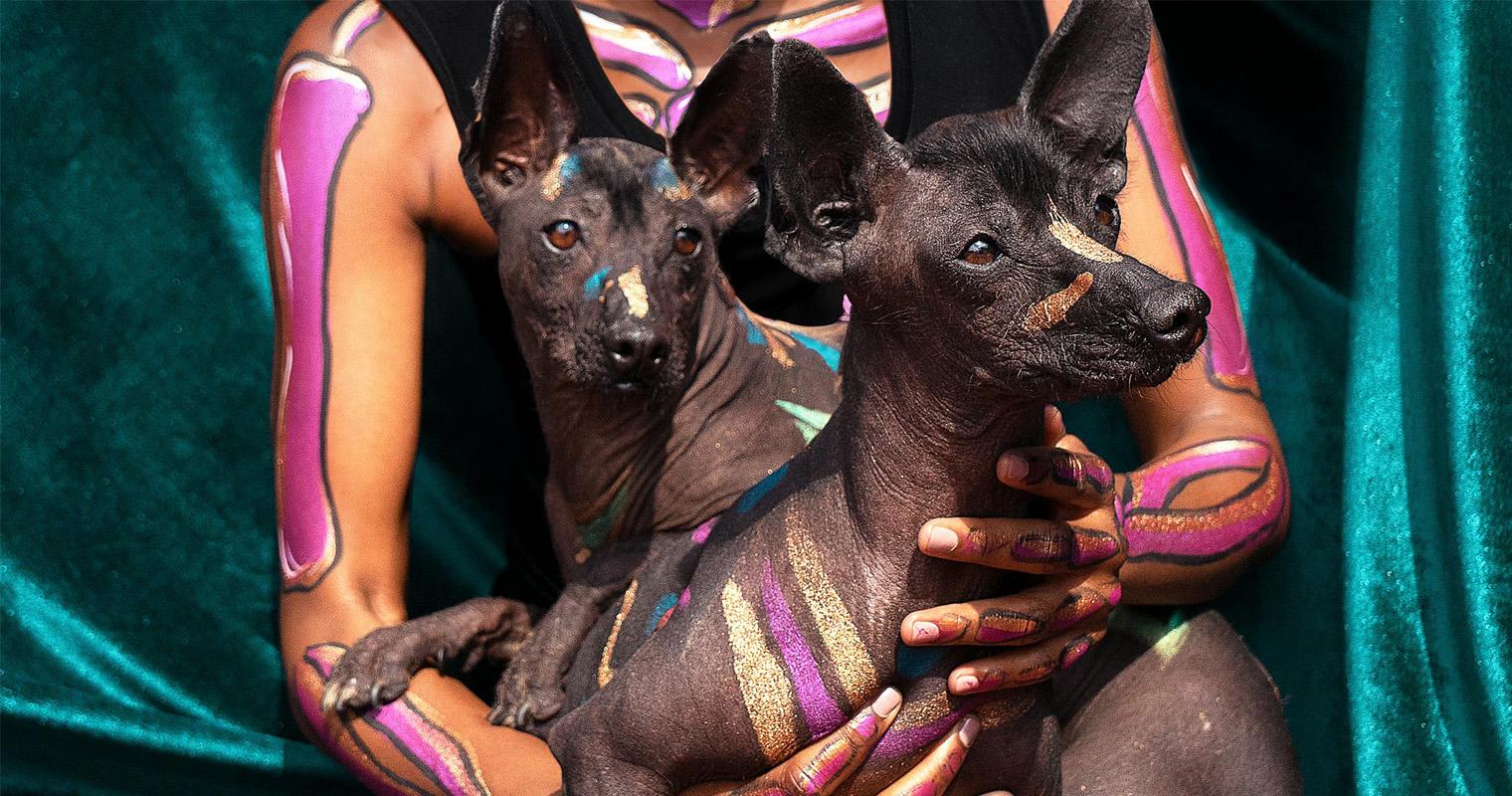
Regina Bucio / Pexels
Are hairless dogs a little…weird? Yep, but what these dogs lack in fur, they make up for with bold, people-loving personalities. And you might be surprised to learn that hairless dog breeds are not always completely bald. It actually varies by breed, but most hairless dog breeds have at least a small amount of hair on their bodies. Could a hairless dog be right for you? Here’s everything you need to know about hairless dog breeds.
All hairless dog breeds are the result of spontaneous genetic mutations that cause puppies to be born hairless. Some breeds, such as the Xoloitzcuintli and Peruvian Inca Orchid, evolved naturally. Others were created when breeders were taken with a unique-looking hairless puppy and decided to purposefully breed them in order to pass the genes on.
Interestingly, not all hairless-breed puppies born in a litter are bald. Due to genetics, some puppies will be hairless and some will have full coats. Coated dogs are just as sweet and adorable as their hairless siblings, and they play a valuable role in breeding programs because they help to keep the breed’s health robust.
When you hear the term “hypoallergenic,” you probably picture a dog who doesn’t cause any allergies at all. However, no dog breed is truly hypoallergenic. Some breeds, including hairless dog breeds, might be less likely to cause a reaction in allergic people, but this varies depending on the individual dog and human. If you suffer from dog allergies, it’s important to spend time with adult hairless dogs of the same breed to determine if you will have a reaction or not.
Out of approximately 400 dog breeds worldwide, only about eight are hairless. Some of these hairless dog breeds are extremely rare, including the Argentine Pila Dog, Jonangi, Hairless Khala, and Abyssinian Sand Terrier (who were once referred to as “Egyptian hairless dogs”). You’ll probably never come across one of those breeds, but four mainstream hairless dog breeds recognized by the American Kennel Club are more common. These include the American Hairless Terrier, Chinese Crested, Peruvian Inca Orchid, and Xoloitzcuintli.
It’s also possible to come across genetic offshoots of coated breeds, such as the so-called “hairless Chihuahua” (not an officially recognized breed) or hairless mixed-breed dogs that were born with spontaneous genetic mutations that cause baldness. It’s even possible to find hairless breeds available for adoption in animal shelters and through rescue groups.
The AKC recognizes four hairless dog breeds, all of which come from different parts of the world.
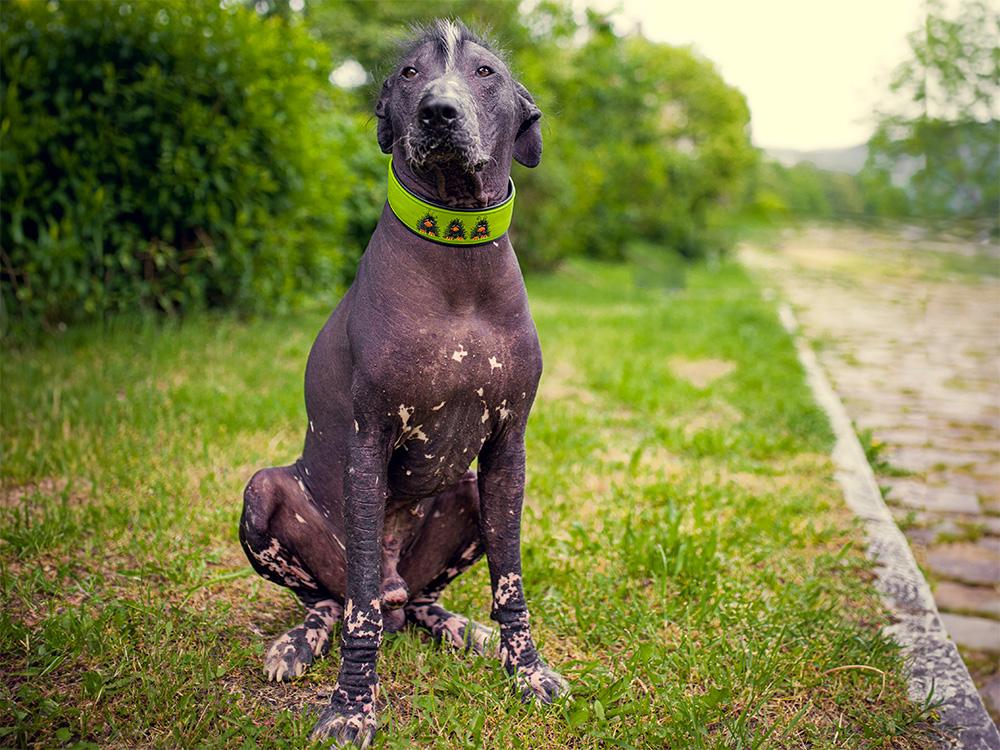
The Xoloitzcuintli (pronounced show-low-eats-queent-lee) is also known as the Mexican Hairless Dog. This ancient breed evolved naturally in Mexico more than 3,500 years ago, dating back to the time of the Aztecs. Xolos are almost entirely bald, though they might sport a small amount of short, coarse hair on the top of their head, on their feet and on the last third of the tail. The skin of the Xolo is tough and smooth, and may form wrinkles on the head. Coated Xoloitzcuintli dogs are covered in short, straight hair.
The Xolo comes in three sizes. People who prefer small dog breeds might like the toy or miniature-size Xolo. If you long for a large breed, the standard Xolo is the biggest of all the hairless dog breeds. Xolos are very loyal and affectionate with their families, but are generally aloof with strangers. Alert and protective, Xolos are good watchdogs.
Weight: 10 to 55 pounds
Height: 10 to 23 inches
Color: Typically a dark, uniform color in black, gray black, slate, red, liver, or bronze
Life span: 13 to 18 years
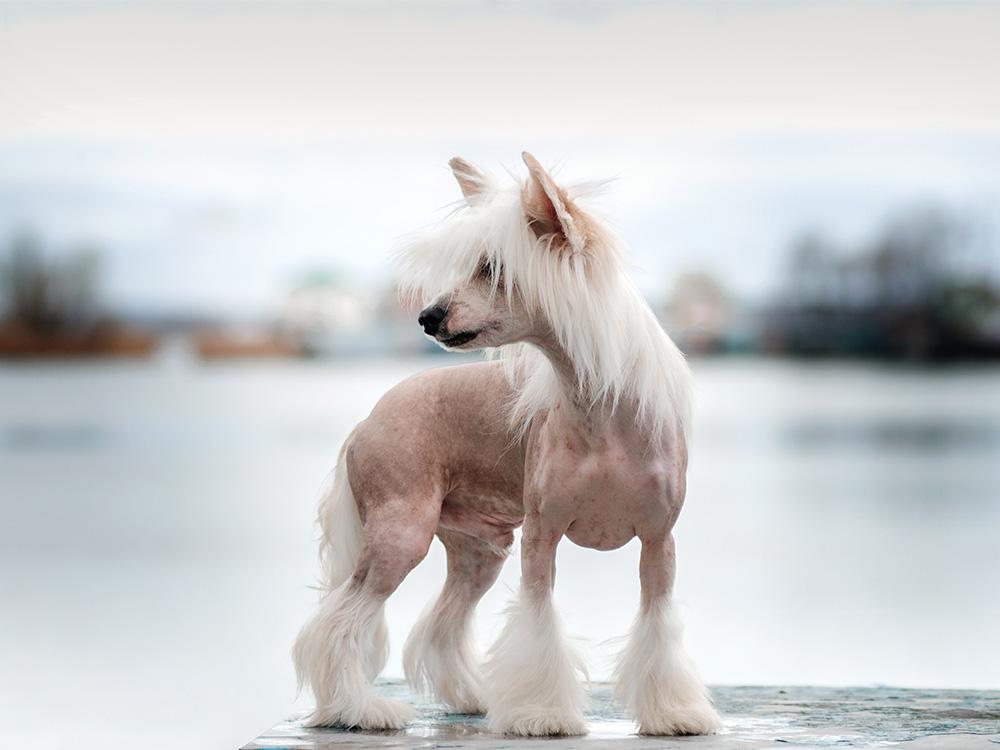
The Chinese Crested is such an ancient breed that no one knows for sure exactly when or where it originated. It’s possible that the ancestors of the Chinese Crested came from Africa, but we do know that the breed was refined into its modern form in China. The Chinese Crested is partially hairless. The body, legs and face are completely hairless, but the head, legs and tail are covered in soft, silky hair. The skin is very soft and is often spotted pink. Some Chinese Crested dogs are fully coated. Also called “Powderpuffs,” these cute dogs require more brushing than Chinese Cresteds, but the hair does not shed very much if at all.
Fine-boned, elegant and lively, the small Chinese Crested can live in most environments, including apartments. This breed also travels well. Charming, playful and active, Chinese Cresteds are great companions and wonderful playmates for gentle children.
Weight: 8 to 12 pounds
Height: 11 to 13 inches
Color: Any color or combination of colors
Life span: 13 to 18 years
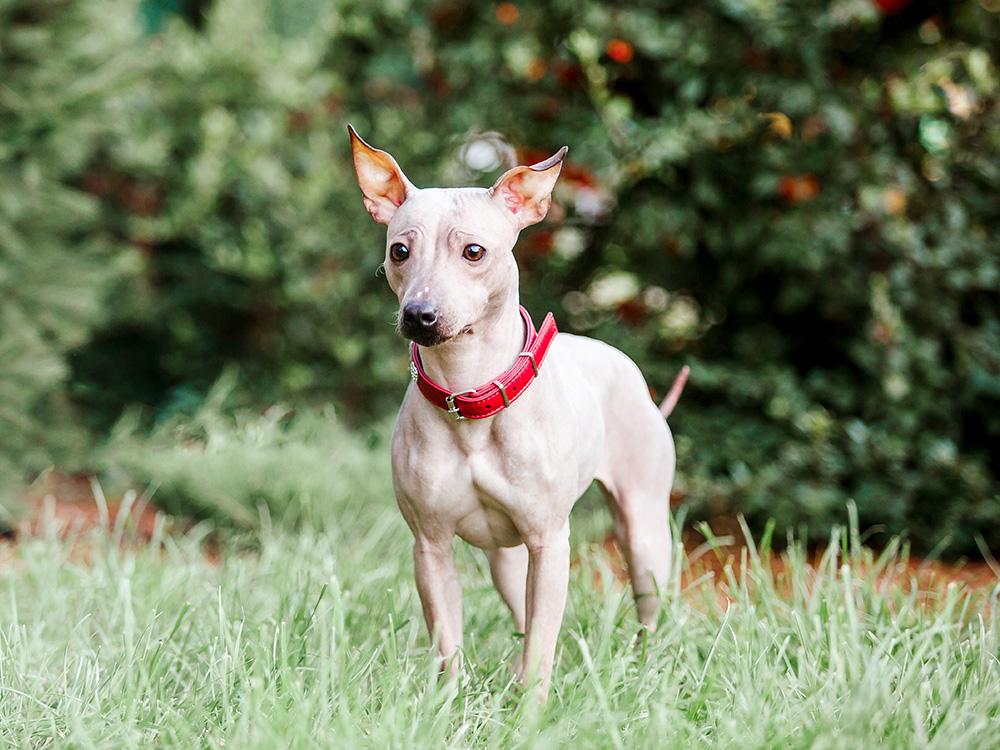
The American Hairless Terrier is essentially a naked Rat Terrier. In 1972, a hairless female puppy was born into a litter of Rat Terriers in Louisiana. When this puppy grew up, she was used to develop a new breed. American Hairless Terrier puppies are born with full coats (known as a birth coat), but the hair begins to fall out within a few weeks of birth until the puppies are completely hairless by eight to 10 weeks of age. Coated American Hairless Terriers have a short, smooth, dense coat.
Known for being good playmates for respectful children, the American Hairless Terrier is active, alert, and curious. If you have a rodent problem, the American Hairless Terrier can be a great asset. Like their Rat Terrier cousins, the breed naturally sniffs out vermin, such as mice, rats, and gophers.
Weight: 12 to 28 pounds
Height: 12 to 16 inches
Color: Any color or combination of colors other than albino or merle
Life span: 14 to 16 years

Tierfotoagentur / Alamy Stock Photo
Like the Xoloitzcuintli, the Peruvian Inca Orchid originated naturally without human intervention. The breed is very ancient, with images of Peruvian Inca Orchids depicted on pottery dating back to 750 AD. The Peruvian Inca Orchid’s skin is smooth, soft, and elastic. Some dogs may have short hair on the head and vestiges of hair on the lower tail and feet, as well as a few hairs on the face and body. The coated variety is covered in hair that is short or medium length, with feathering on the neck, ears, and body.
Peruvian Inca Orchids are very loyal and affectionate with their human family, though they are usually wary of strangers. They are very alert and make good watchdogs. These sighthounds instinctively chase anything that moves, so take care to keep small pets safe around them.
Weight: 12 to 28 pounds
Height: 12 to 16 inches
Color: Any color; may be uniform or with unpigmented areas
Life span: 14 to 16 years
These hairless pups require less brushing and less vacuuming than their furry counterparts. This helps make them a bit better for folks suffering from minor allergies. But because they don’t have fur to protect them, they require extra care that other breeds don’t. Here’s a little bit about the special care routine required to keep them healthy.
Hairless dogs generally need more bathing than coated dogs because their skin can get very greasy without all that fur to distribute the skin’s natural oils. Talk to your veterinarian for advice on how best to care for your hairless dog’s skin.
How often a hairless dog needs to be bathed varies greatly among breeds and individual dogs. Some dogs do better with frequent baths, and others require less frequent bathing.
Always use a gentle, moisturizing shampoo to bathe a hairless dog.
Some hairless dogs also benefit from a dog-safe lotion applied to the skin to keep it soft.
For most dogs, their coat prevents the damaging rays of the sun from reaching their skin. Hairless dogs do not have that defense because their skin is fully exposed.
Try to limit sun exposure during the hottest parts of the day, or keep your hairless dog in a shady area.
If you do head out into the sun, use sunscreen to protect their skin from sunburn. Don’t use human sunscreen; it might contain ingredients that are not safe for dogs. Choose a sunscreen formulated especially for dogs.
Hairless dog breeds get chilled easily, and many hairless dogs enjoy wearing sweaters and other clothes year-round.
Be especially mindful of your hairless dog’s warmth in winter. If you feel cold, your hairless dog is probably even colder. Hairless dogs need a warm winter coat when going outside, and sweaters and warm blankets and beds indoors.
Most hairless dogs prefer to stay warm by cuddling in your lap or snuggling with you under the blankets.
The gene that causes hairlessness in dogs can also cause dental abnormalities. Brush your hairless dog’s teeth daily with a pet-safe toothpaste, and schedule yearly dental checkups with your veterinarian to stay on top of any problems before they get out of hand.
The bald and the beautiful: hairlessness in domestic dog breeds
The inheritance and breeding results of hairless descendants of Mexican hairless
The dental phenotype of hairless dogs with FOXI3
This Hairless Mexican Dog Has a Storied, Ancient Past
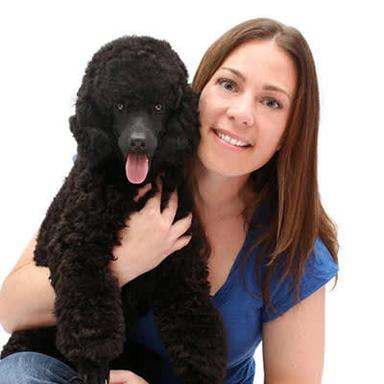
Jackie Brown lives in sunny Orange County, CA, where she works as a freelance writer and editor. When she’s not on deadline, you can find her paddling her outrigger canoe in the Pacific Ocean or hiking in the foothills with her miniature poodle and two young boys.
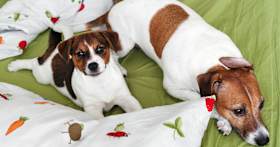
Adoption Advice
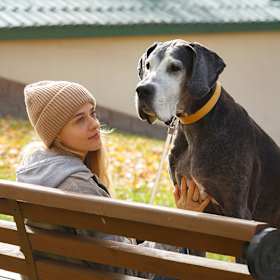
Adoption Advice

Adoption Advice
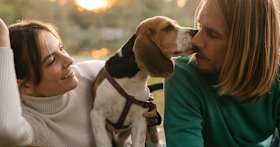
Breed Info
Are you thinking of adopting a small dog? Learn more about small dog breeds and what it takes to keep them happy.

Adoption Advice

Adoption Advice
Preparing to adopt a dog? Here are seven tips for acing your inspection and bringing your new pup home.
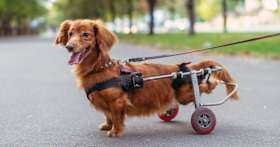
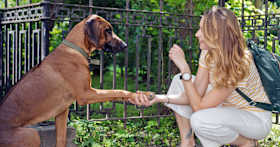
Adoption Advice
Find out why big dogs are basically the ultimate pets. We lay it out for you here.
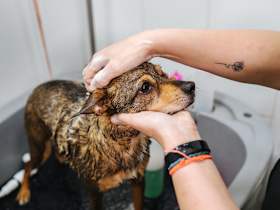
Shelters & Rescue
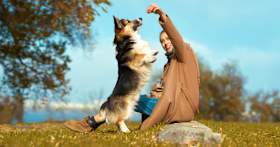
Breed Info
Looking for an intelligent pup? You’ve come to the right place.